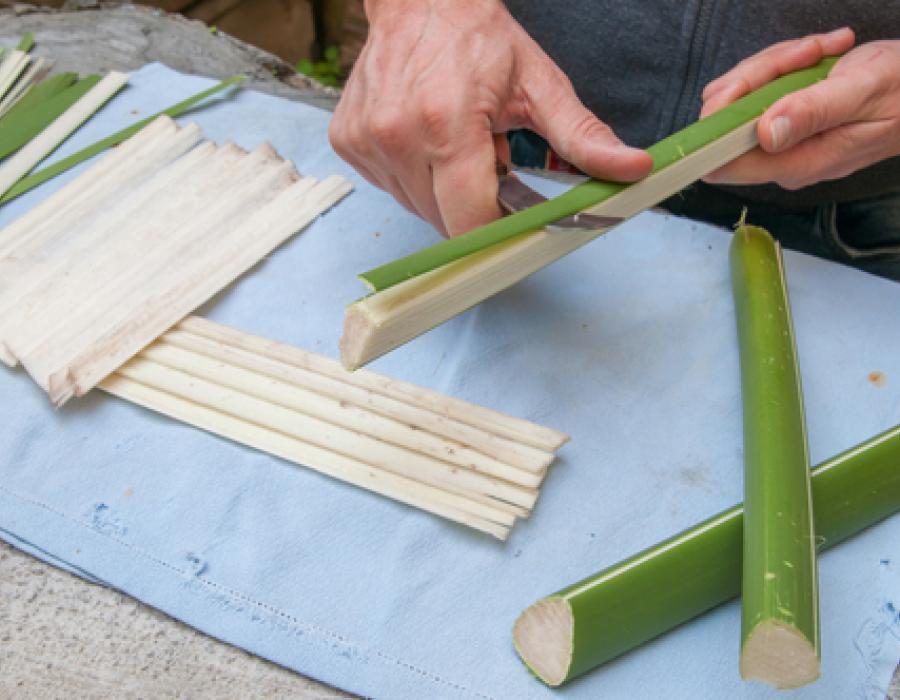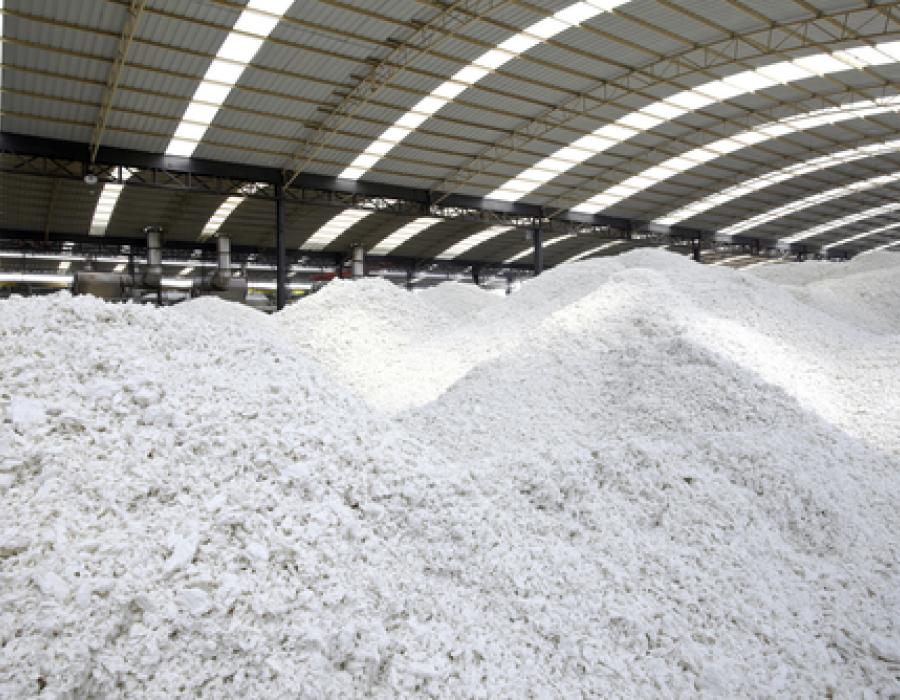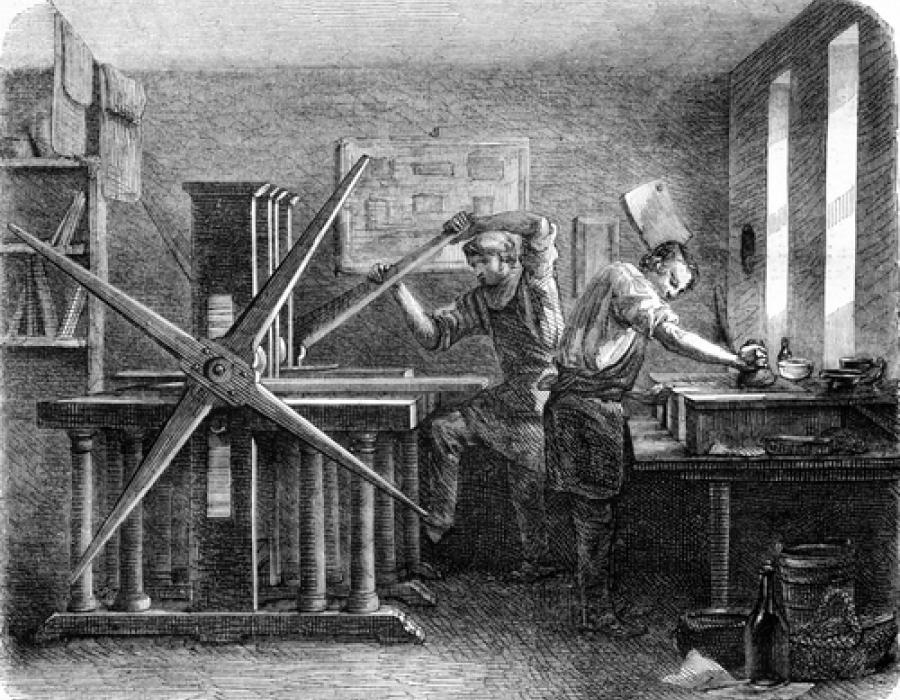Guarro Casas loves paper, there is no doubt about that: it is our reference material, we evolve on a daily basis to find new applications and finishes for it and to continue to offer a unique material in terms of its appearance and characteristics. However, its origins are no less exciting: thousands of years have gone by, ultimately allowing us to develop the things we can do with paper nowadays. While it is true that substrates such as papyrus or parchments were once used for texts and for writing, it was the advent of paper that revolutionised the way we store and keep documents, communicate with each other and even manufacture books and create packaging.
Therefore, ASPAPEL divides the history of this material into three stages, each one lasting 600 years: in the first stage, the existence of this novel substrate was concealed by its inventors in China, the second involved its migration over the Silk Route until it reached European culture, and the third stage lasted until the invention of the continuous paper machine. This brought us up to modern times, when technological breakthroughs have allowed us to create an impressive industry specialising in myriad types of paper: from the most common ones on the market through to special papers with specific functionalities.

From stone to a transportable medium
However, to understand these stages, it is also important to know what actually led human beings to need this material. For this purpose, we switch from the substrate to its content: graphic language. Ever since the origin of symbols or hieroglyphics, communication among human beings has evolved into increasingly more complex forms. However, as time went by, humans encountered the difficulty related to the places where these inscriptions were made. Initially, stone was used, since it was the most accessible surface, although it was gradually replaced by others such as wood, metal or clay. Ultimately, more appropriate materials were found, although only after thousands of years had elapsed.
Parchment, a clean untanned animal hide macerated in salt and then coated, was used in Egypt and became the main substrate in the Middle Ages. On the other hand, papyrus grew on the banks of the River Nile. The Egyptians extracted the inner pith from the stem, cut it into large thin strips and then laid them out vertically and horizontally. The roll was finally pressed and hammered to yield a uniform thickness that served as a writing surface.

China: the origin of paper
However, after these lighter and eminently portable substrates had been devised, stiff competition emerged from Asia. This heralded the advent of paper, which was much easier to manufacture. Over time, and once production techniques had been fine-tuned, it also became more economical (and therefore more accessible).
History has attributed the invention of paper to Ts’ai Lun, a dignitary of the Chinese imperial court. He began to produce sheets of this material in the year 105, using fragments of used cloth, tree bark and fishnets. Ts’ai Lun offered the invention, the first-ever sheet of blank paper, to the Emperor Hai. But how did he manage this? The vegetable fibres and cloth were reduced to a pulp with the help of a wooden mallet and a stone mortar. ASPAPEL describes the process as follows: “The Chinese form consisted of a wooden frame, which held a fine bamboo tablet, or slip, secured with silk thread”. Agar (a marine algae) extract was added to it to yield a homogeneous pulp and to afford it impermeability. Thus, the first sheets of paper were probably made with linen, esparto grass, hemp or mulberry.

Arrival in the West via the Arabs
This novelty expanded from China towards Korea and Japan, although on the other hand it took rather longer to reach the West. In the year 751, the military governor of the caliphate of Baghdad captured two paper manufacturers on an expedition near the Chinese border at the Battle of Talas in 751 at Samarkand. There, they built a paper mill on account of its abundant natural resources in water, linen and hemp. This material was distributed all along the Silk Route, which was already in their hands, towards the West, where it was in great demand.
In embracing this substrate for writing and also marketing it, the Arabs made several production improvements, such as the use of hydraulic energy to manufacture it, the bleaching of the fibres with lime, the use of gum arabic and starch paste for glueing it and perfecting the form.

Paper reaches Spain
Nobody knows exactly how this new substrate reached Spain, although the most reliable theories point to Cordoba in the mid-10th century at a time of a major cultural boom in the area. Several paper mills are believed to have existed in Cordoba at that time, as well as in Granada, Seville and Toledo, which harboured substantial resources in terms of rivers, cloth, starch and libraries and archives of the Arab Caliphate.
However, the first Spanish city for which there is documented proof of the existence of a paper-manufacturing industry is Játiva. In fact, not only in Spain, but the entire West. The Arab geographer El Edrisi described the town in 1154, mentioning the manufacture of paper carried on there and how it was exported from the town to the East and to the West.

From Spain to Europe
Paper was exported from our country to the rest of the continent, and production spread to areas of the Mediterranean Basin such as France and Italy. The first documented reference to Italy is to Fabriano in 1276. In fact, Italy became a leading player in the manufacture of this material, adding enhancements such as use of the mallet and animal glue and the invention of the watermark (a thread of silver or brass on sheets with a silhouette that indicated the paper-maker’s identity).
In France, the first paper mill dates from the second half of the 13th century, in Montpelier, which became one of Italy’s major rivals. Indeed, the 16th and 17th centuries brought great prestige to both countries’ paper-making mills. There were no paper mills in Central Europe until the 14th century (the first German mill dates from 1390, in Nuremberg, 1405 in Belgium, 1411 in Switzerland and 1498 in Austria), although they subsequently received a major boost in the form of the printing press.
Once the use of paper had spread successfully throughout the West, the heavy demand for it meant that the manufacturing process needed to evolve substantially to cover demand efficiently. For this reason, the traditional paper mills evolved to make way for a more advanced production method, also fostered by the advent of the early printing presses, a major invention for the paper-making sector, which we will be dealing with in the next post, since a greater amount of this material is required for it to fulfil its function (LINK).
